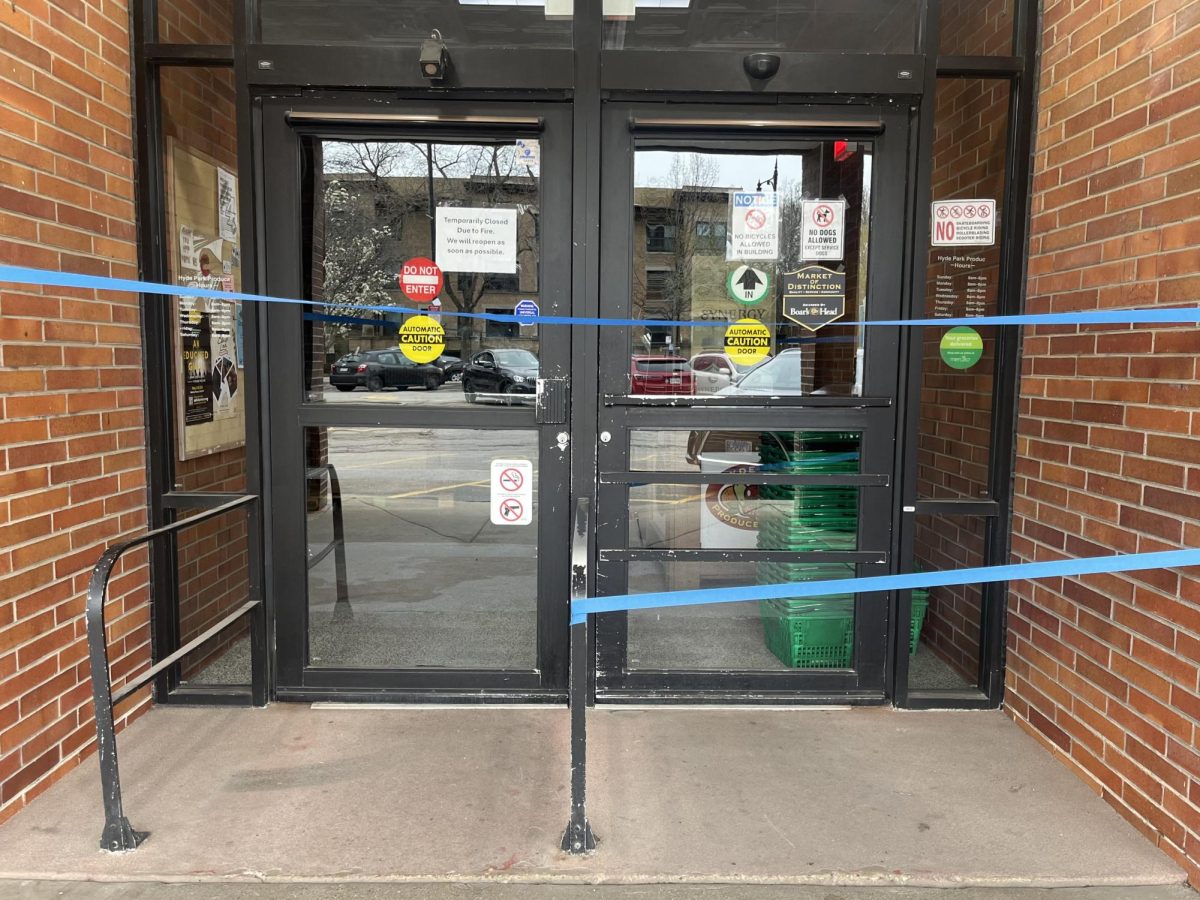Next week baseball writers across the country will vote for the NL MVP.Matt Holliday will probably win. But he would be guaranteed to win if his numbers didn’t display such drastic differences in his performance at home vs. away.At home Holliday appears to be a different hitter. He had a .376 batting average at home, a .435 OBP, and slugged .722 for an OPS at home of 1.157. On the road, Holliday had a batting average of .301, an OBP of .374, and a slugging percentage of .485 for an OPS on the road of .859.Of course, these numbers appear to be drastically different. But it is unfair to draw causality here without further investigation. Home and road trips in baseball can be long affairs. Holliday could have been particularly hot a couple of times over the course of the season when the Rockies just happened to be playing at home.With this in mind, I spent about an hour today testing Holliday’s home and road statistics in a more robust way.What I did was looked at pairs of games for Holliday. By directly comparing the last game of a road trip with the first game of a home stand we are able to hold constant any “streaks” associated with Holliday’s hitting and more accurately compare how his performance varies at home versus away.The results weren’t insanely conclusive, but they were stronger then I was expecting.First, is the difference in OPS and OBP between successive home and away games played. As you can see, the points tend to be above the line of 0 more often then not. On average, the difference in OPS was .281, meaning that, in successive home-away games, Holliday hit had a .281 higher OPS at home, on average. For difference in OBP, the average was .021. Regardless, the 95% confidence interval for both averages captured negative values, so there wasn’t a whole lot of statistical significance to reject any hypotheses (probably because the sample size was n=25). Now, for slugging, which is where you see the biggest discrepancy in Holliday’s season statistics:As you can see, the results for difference in slugging are pretty similar. On average, Holliday slugged .261 higher at home then on the road in successive games. That means for every five at bats, he got one extra base at home then on the road. Now, I don’t think too much should be drawn from these results. Primarily because I wasn’t able (or willing) to try and hold the quality of the opponent Holliday was facing, constant. That could have easily biased my results, particularly because my sample size was so small. Once we get a couple more years of Holliday’s statistics, trying to put in some variable related to the quality of the opponent Holliday was facing or the quality of the pitcher would be a worthwhile exercise.Regardless, the little exercise I practiced above seems to lend a fair amount of credence to the idea that Holliday is a different hitter at home then on the road. In particular, he seems to have a lot more power at home. Before I did this little data analysis I was pretty convinced that Holliday deserved the prize. Now, I’m not so sure. If you put a guy like Jimmy Rollins or Prince Fielder in Coors for half the year, just imagine would they could have done.









